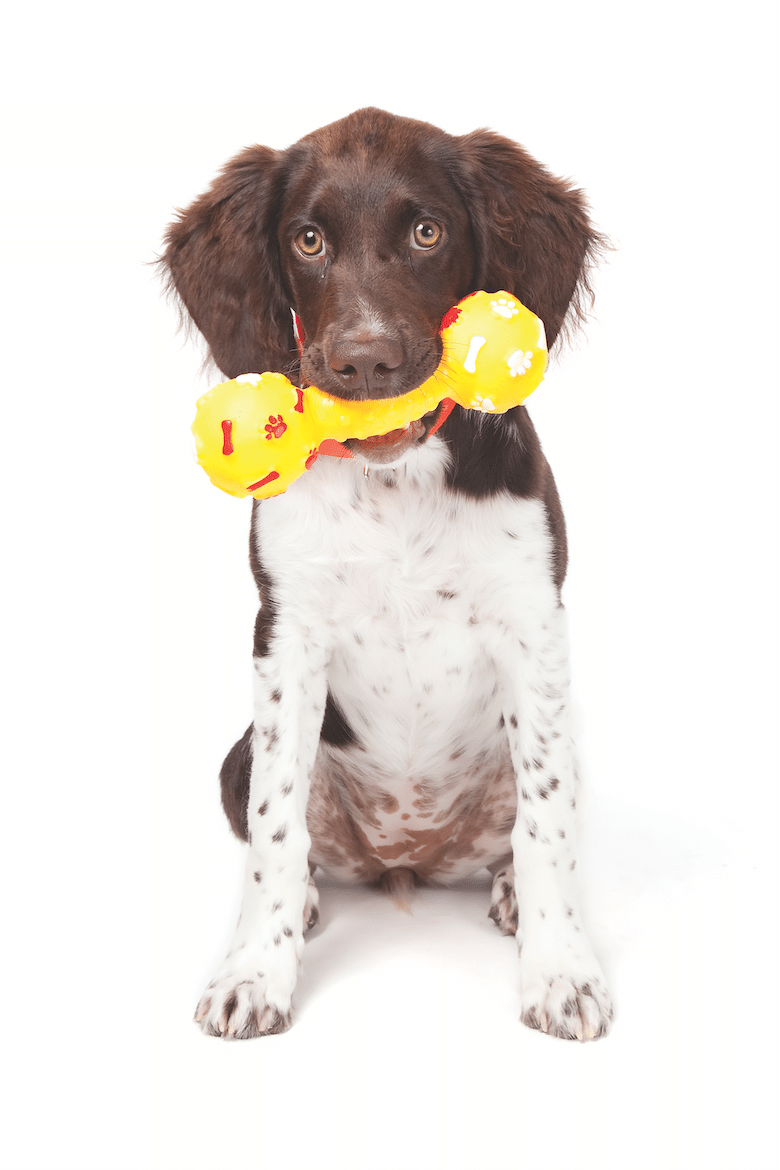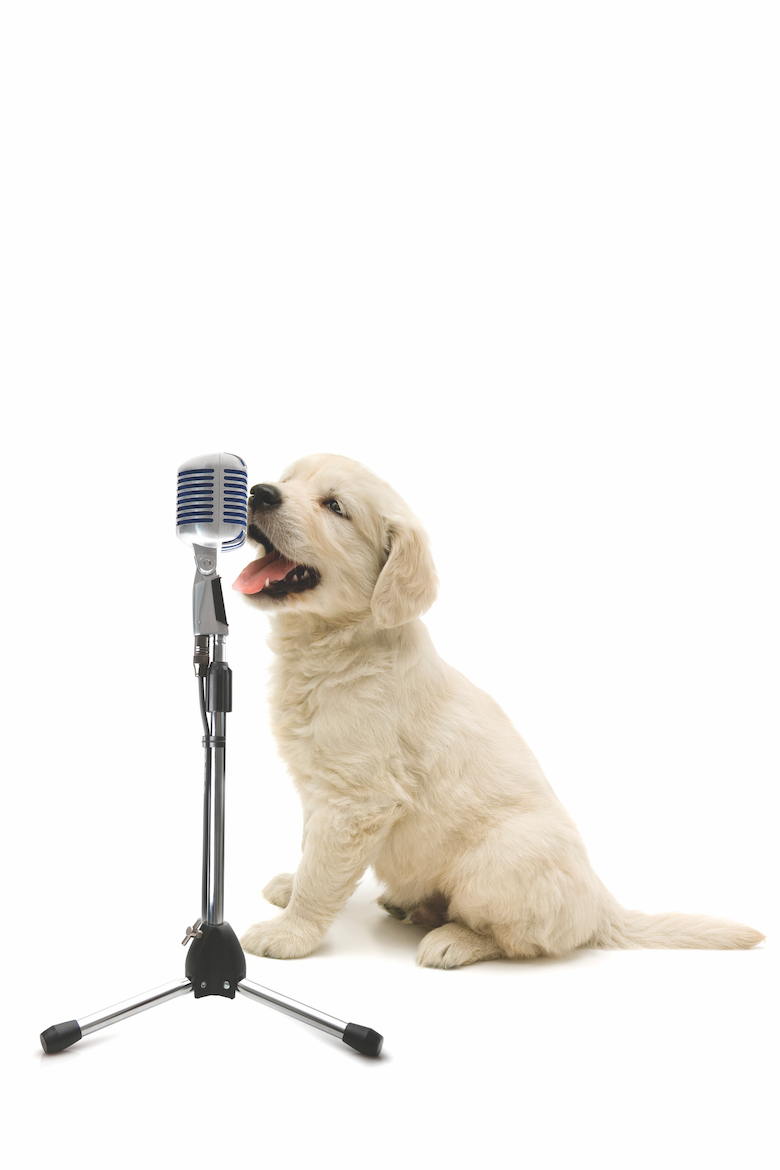The post Why do Puppies Cry and Whine? by Martha M. Everett appeared first on Dogster. Copying over entire articles infringes on copyright laws. You may not be aware of it, but all of these articles were assigned, contracted and paid for, so they aren't considered public domain. However, we appreciate that you like the article and would love it if you continued sharing just the first paragraph of an article, then linking out to the rest of the piece on Dogster.com.
Like babies, puppies cry and whine. It can be both heartbreaking and annoying. Why do puppies cry and whine? The answer is: to call attention to a need. But the needs — and the calls — vary. “Puppies whine and cry for various reasons,” says Lenore Demmin of Payson, Utah, president of the Siberian Husky Club of America Inc. “They can cry when hungry, not feeling well or injured, but potty and being separated are the most common reasons puppies whine, cry or, in many cases, scream.”
Indeed, for a pack animal like a dog, separation can be stressful. “Whining or crying in young puppies specifically is a normal and innate response to being isolated from their mother or caregiver,” says Cheryl Suydam, behavioral rehabilitation manager for the ASPCA in Weaverville, North Carolina.
The behavior, therefore, is not unique to human-canine interaction. “Puppies cry and whine among their littermates and mother, not only with people,” Cheryl says. Some of those cries serve as a form of puppy GPS. “Distress vocalization is an innate behavior that occurs naturally in puppies and serves to alert the mother to their location.”
Adding humans to the equation can alter a pup’s crying and whining behavior. “It is possible for people accidentally to reinforce their dog’s whining or crying,” Cheryl says. “The dog learns to whine to gain access to attention or other rewards, which would not normally occur among other dogs.”

Photo: arlonneke | Getty Images
Pack to pack
Crying and whining is common when a puppy joins your people pack, so don’t take it personally.
“Puppies will almost always cry for the first two or three nights in their new home,” Lenore says. “This is simply an adjustment period: They are switching from a canine pack to a human pack.”
That initial period is pivotal. “Whether [crying and whining] continues will depend on how you handle those first few days,” Lenore advises. “Either you will train the puppy, or the puppy will train you.”
Resist any temptation to put your pup where you can’t hear him. You need to know if he cries for help, and isolation can cause fear and insecurity that increase crying and whining.
The same holds for chastising your puppy for crying and whining. “This is n innate behavior the pup may not be doing voluntarily, so punishment is unlikely to be effective,” Cheryl notes. “It may actually exacerbate the problem by increasing the pup’s anxiety.”
Try to ignore attention-seeking crying and whining as long as you know your pup’s needs are met. “Constant checking on the crying puppy is a reward and encourages more crying,” Lenore explains. “It can be heart-wrenching to the novice, but this is the time to be strong.”
Take heart that some of that early vocalization will diminish. “This behavior usually resolves as the puppy adjusts to the new environment and begins to feel safe and secure,” Cheryl says.

Photo: 101cats | Getty Images
A cry for help
While crying and whining are not harmful to a pup, the cause of the behavior could be.
“If your puppy is whining or crying because of anxiety or distress and her vocalizations continue or escalate over time, this is an important indicator that she is experiencing levels of stress that could be harmful to her quality of life,” Cheryl warns. A certified trainer or behaviorist can help.
Crying and whining also can be symptoms of pain or discomfort. “If there is excessive crying or whining, you should check for a physical problem,” Lenore says. Contact your veterinarian.
Ps and cues
Whining and crying are normal behaviors for dogs of any age. Those vocalizations are vital communication tools that alert you to needs, physical ailments and emotional states. Pay attention, practice patience and use positive reinforcement.
“It is key to try and find the cause of the behavior,” Cheryl says. “Understanding an individual dog’s motivation for vocalizing is important to resolve any potential underlying issues.”
Here are some clues to interpret why your pup might be crying or whining:
Tone: “With practice, it is fairly easy to discern between the different cries,” says
Lenore Demmin, who breeds Siberian Huskies — a breed known for expressive vocalization. “A puppy crying because he is hurting will yelp when touched in the tender spot.
A puppy that is crying because he is separated from his pack (dog or human) will give an angry cry. It’s easy to tell that one — it is more like a scream than a cry.”
Behavior: Crying or whining while scratching a door or crate or turning in a circle usually means the pup needs to go outside.
Nervous behavior: Pacing and licking, accompanied by whining indicate anxiety. Whining along with panting, pacing, destruction (especially around doors and windows) or eliminating indoors when left alone are signs of separation anxiety.
Body language: Whining while exhibiting submissive posture (ears back; tail tucked; avoiding eye contact; turning sideways, crouching or rolling over) can signal appeasement. The puppy is offering conciliation to pacify a perceived threat or aggression, says the ASPCA’s Cheryl Suydam.
Top photograph: enGuy | Getty Images
Read Next: How to Survive a Puppy
The post Why do Puppies Cry and Whine? by Martha M. Everett appeared first on Dogster. Copying over entire articles infringes on copyright laws. You may not be aware of it, but all of these articles were assigned, contracted and paid for, so they aren't considered public domain. However, we appreciate that you like the article and would love it if you continued sharing just the first paragraph of an article, then linking out to the rest of the piece on Dogster.com.
Poop4U Blog
via www.Poop4U.com
Martha M. Everett, Khareem Sudlow


No comments: